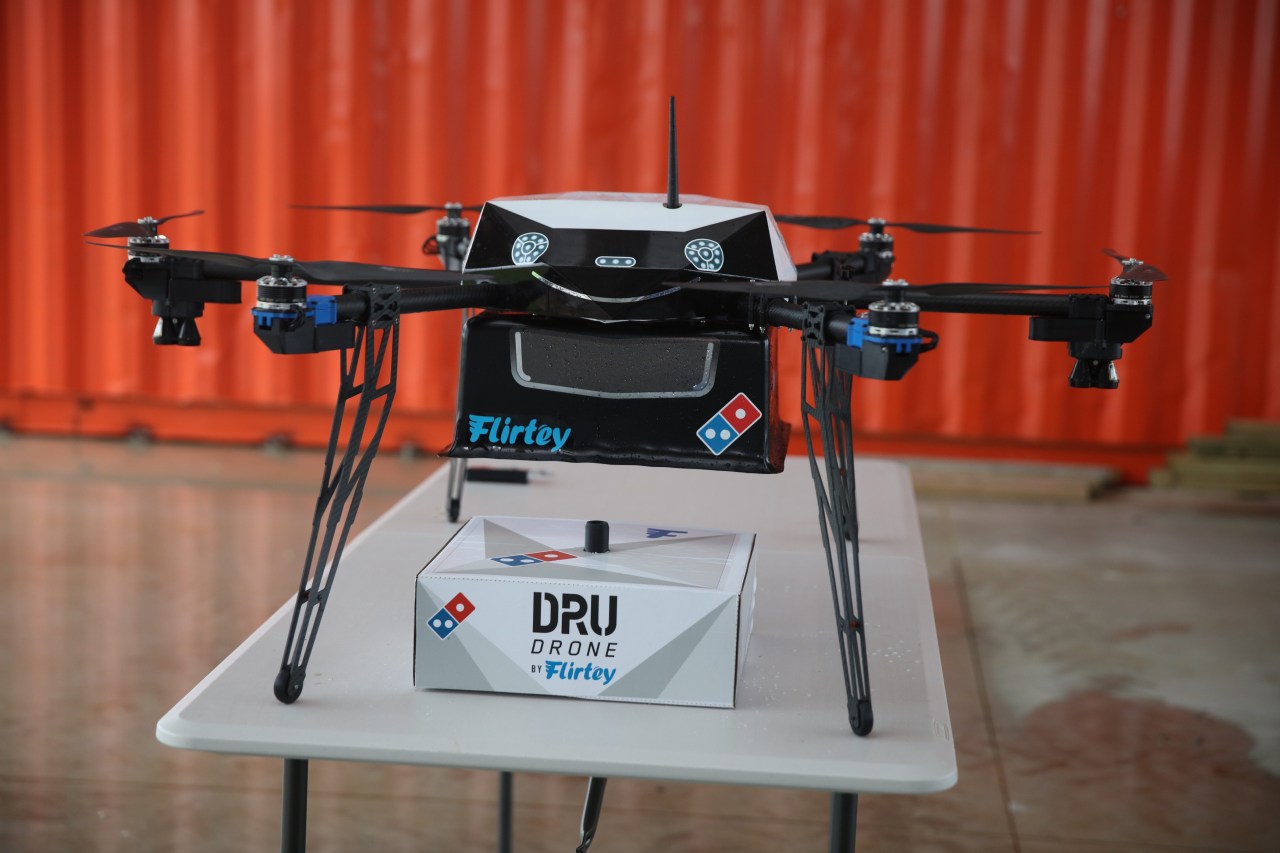In an era where technology continually reshapes our day-to-day experiences, Domino’s Pizza Enterprises has taken a bold step forward by employing drones for pizza delivery in Auckland, New Zealand. Serving piping hot pizzas by air isn’t just a gimmick—it’s a glimpse into the future of food delivery, revolutionizing not only how we access our favorite meals but also the operational dynamics of the food industry at large.
Innovation as a Cornerstone
Domino’s has a storied history of embracing technology. From a unique four-wheeled, driverless pizza delivery vehicle tested less than a year ago, to an interactive “build-a-pizza” game launched in 2012, the company has never shied away from exploration. This latest endeavor with drone deliveries further cements their reputation as a forward-thinking leader in the fast-food market.
Why Drones Make Sense
The rationale behind utilizing drones for pizza delivery is compelling. Don Meij, group CEO and managing director of Domino’s, articulated that it would not be efficient to employ larger vehicles for smaller orders—enter the drone revolution. Drones can navigate traffic congestion and overcome physical barriers, significantly extending the company’s reach to both rural and urban customers. This efficiency not only trims delivery times but also enhances customer satisfaction, ensuring that every pizza lands on your doorstep just as hot and fresh as if it were served straight from the oven.
Flirtey: The Drone Pioneer
The key player behind Domino’s drone deliveries is Flirtey, a startup rooted in Reno, Nevada, specializing in delivery drones and innovative packaging designed to maintain food temperature and integrity during flight. Flirtey is no stranger to the application of drone technology; they have previously deployed drones for medical deliveries and even sent Slurpees via air to 7-Eleven customers in Reno. This experience positions Flirtey as an ideal partner for Domino’s as they navigate the skies of pizza delivery.
Regulatory Landscape and Commercial Viability
As exciting as this development is, it exists within a broader context of drone regulation. New Zealand has led the way in commercial drone use, having legalized operations in lower airspace as early as 2015. In contrast, the United States is gradually establishing guidelines, like the recently enacted Part 107 rule, which allows registered operators to utilize unmanned aircraft under certain conditions. Companies looking to engage in drone delivery must navigate a complex legal landscape that prioritizes safety while fostering innovation.
Setting the Pace for Competitors
In a race that includes tech giants like Google and Amazon, Domino’s aims to secure the title of the first company to provide widespread drone delivery services. The potential to redefine the delivery landscape could set a precedent and trigger a wave of similar adoption across various sectors. Their demonstration of the DRU (Domino’s Robotics Unit) Drone in Auckland is merely the beginning of a broader strategy that could set new industry standards.
Conclusion: A New Chapter in Delivery
The advent of drone technology in pizza delivery represents much more than just flying food; it symbolizes a transformative approach to logistics and customer service. As companies like Domino’s embrace this technology, the implications for the larger food service industry and our everyday lives become increasingly profound. At **[fxis.ai](https://fxis.ai)**, we believe that such advancements are crucial for the future of AI, as they enable more comprehensive and effective solutions. Our team is continually exploring new methodologies to push the envelope in artificial intelligence, ensuring that our clients benefit from the latest technological innovations.
For more insights, updates, or to collaborate on AI development projects, stay connected with **[fxis.ai](https://fxis.ai)**.

